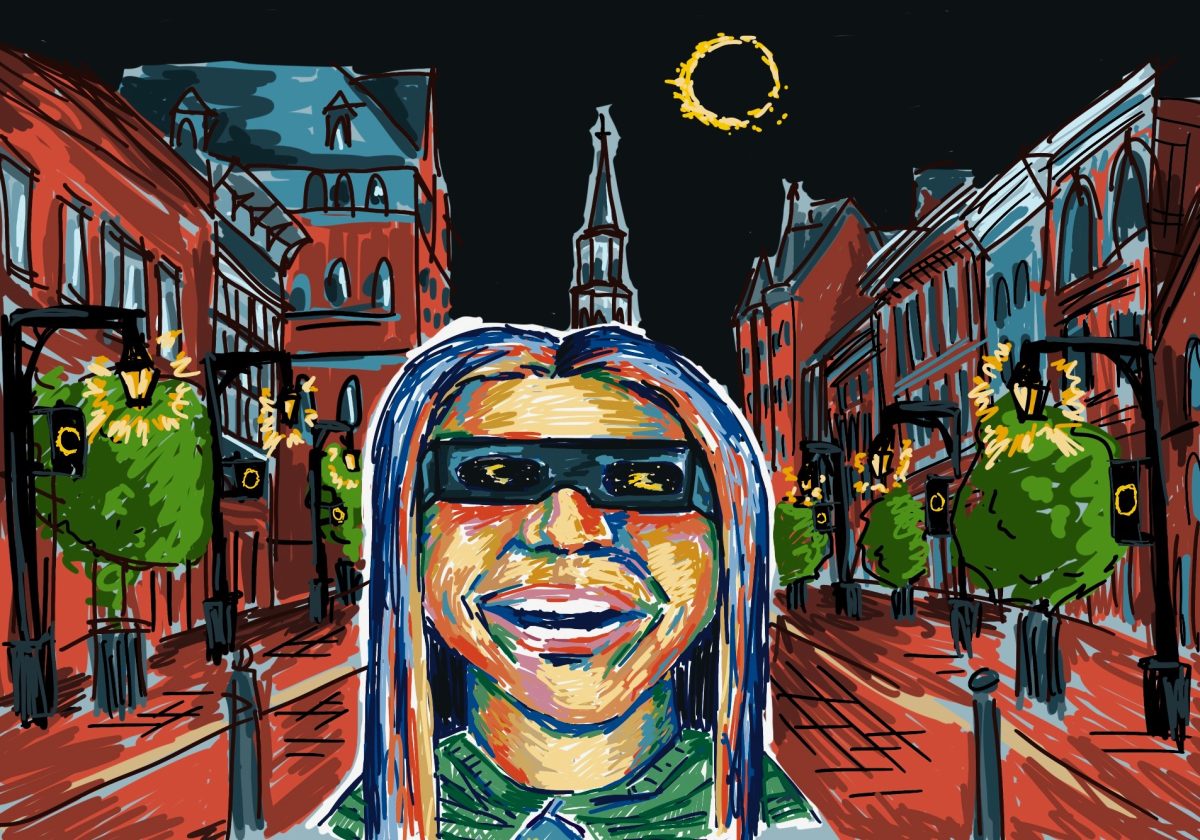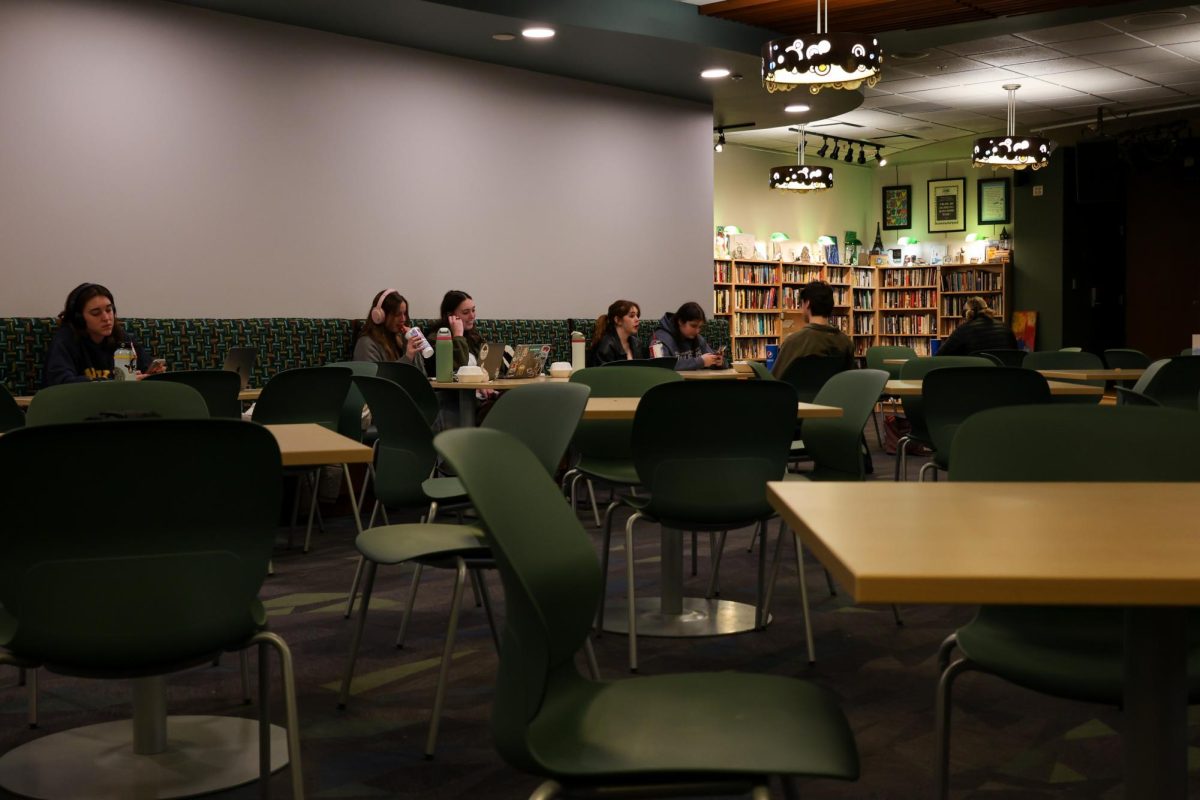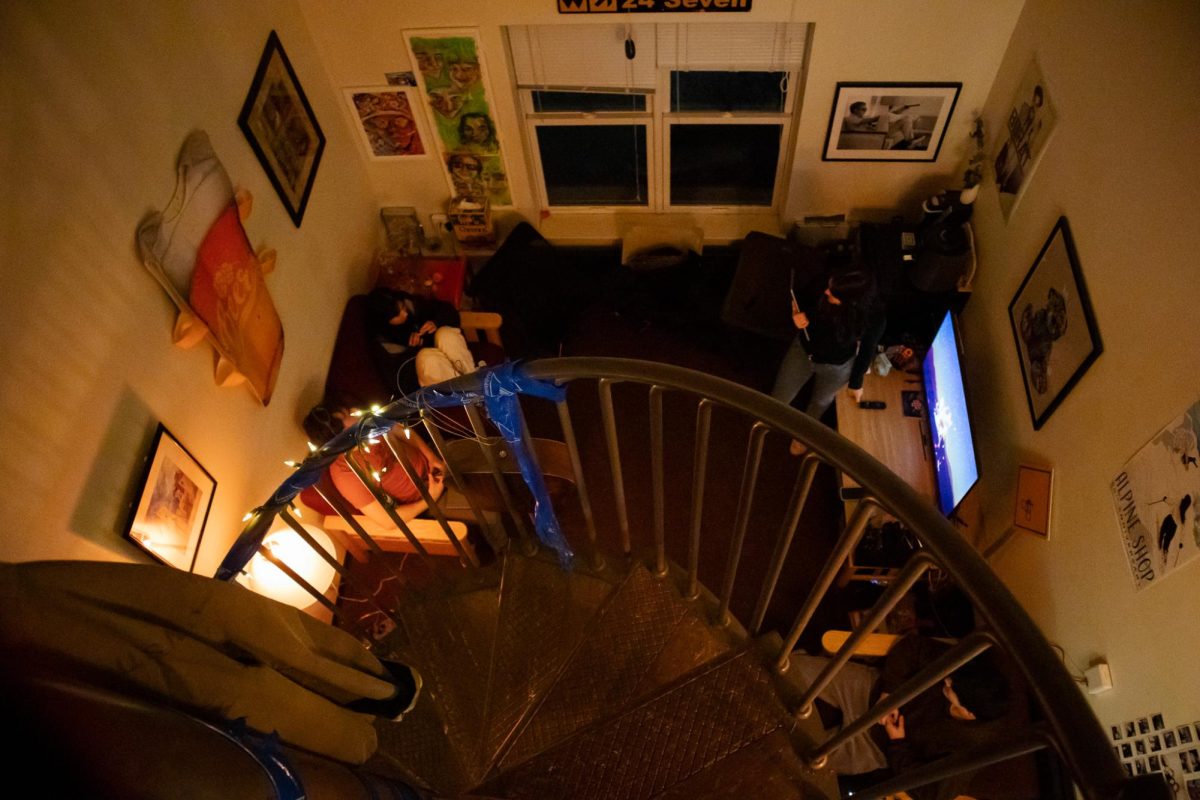“He asked me casually, ‘Is he getting any pain medication?’ I said, ‘Yes – he’s had surgery, and the doctor gave him hydro-codone 750,'” Cline said. “To my astonishment, he said, ‘Can you spare a couple of them?'”
That quote from Rush Limbaugh’s housekeeper was the first time many had heard of OxyContin, although OxyContin is nothing new to Burlington and UVM. OxyContin is a prescription painkiller prescribed for moderate to high pain relief associated with injuries, bursitis, dislocation, fractures, neuralgia, arthritis, lower back pain, and pain associated with cancer and AIDS. OxyContin contains oxycodone, a powerful opiate derivative identified by the medical community as “highly addictive” and often referred to as synthetic heroin.
OxyContin has been produced by the Stamford, CT based Purdue Pharma Corporation since 1995 and has seen sales of OxyContin rising since. 2002 saw Purdue Pharma Inc. reach nearly $1.2 billion on OxyContin sales alone.
Much of the OxyContin present in Vermont is trafficked from Southern states, one of the biggest suppliers of illicit OxyContin being New Jersey. OxyContin sold in Burlington is usually sold at $1 per milligram, with tablets being sold in 10, 20, 40, 60, 80, and 160 milligram form. Because of UVM’s relatively high out of state student population (62%), OxyContin finds an easy trafficking route to Burlington. Traffickers are able to obtain the widely available prescription drug in New Jersey at $.50 per milligram or less, translating into thousand dollar profits for serious traffickers. While OxyContin has seen a “noticeable increase” in Burlington and UVM, the ability to track the sale of OxyContin presents a unique challenge for law enforcement.
“It’s becoming more common and we’re beginning to see more of it, but seizures remain low,” said Burlington Police Detective Petralia. “The biggest problem we have with OxyContin is being able to track it. Most of the OxyContin on the streets is being distributed by individuals with legal prescriptions, who may use half of their prescription and sell the other half. We’ve definitely seen an undeniable increase though.”
Although a majority of OxyContin sales originate from legally obtained prescriptions, it is also obtained through “doctor shopping” (where individuals visit and obtain prescriptions from multiple doctors) and pharmacy theft. The trend surrounding pharmacy theft has seen an alarming increase in New England particularly in Maine where the drug is widely available.
“Further, state and local law enforcement officials report that crime associated with OxyContin abuse, including doctor shopping, pharmacy burglaries, and prescription fraud, have recently increased. Incidents of diversion have increased so dramatically that the state welfare program stopped funding OxyContin prescriptions, and some doctors no longer prescribe the drug because of the potential for abuse.” (Vermont Drug Assessment Threat Report)
While the diversion of OxyContin remains a high priority for local and federal law enforcement agencies, the biggest problem may come from Purdue. During DEA Congressional testimony, Asa Hutchinson described the “disproportionate abuse of OxyContin may be partially due to aggressive marketing and promotion, particularly as a less abuseable substitute for a variety of less addictive medications. Due to concern that pharmaceutical companies are now marketing to market directly to consumers.”
Whether one sees the OxyContin problem as social ill or economically logical, there can be no denying the presence of OxyContin in the Burlington/UVM community.
















